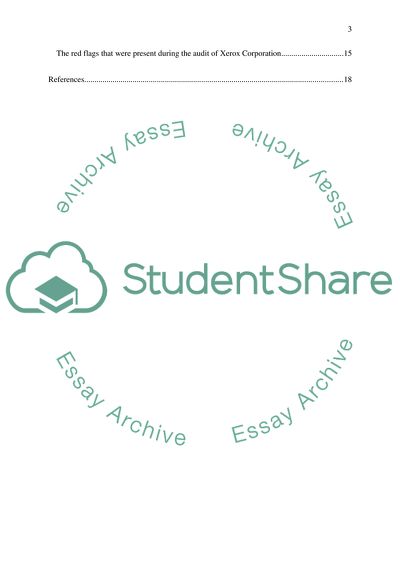Cite this document
(Strategy audit case study Example | Topics and Well Written Essays - 3500 words, n.d.)
Strategy audit case study Example | Topics and Well Written Essays - 3500 words. https://studentshare.org/finance-accounting/1863668-strategy-audit-case-study
Strategy audit case study Example | Topics and Well Written Essays - 3500 words. https://studentshare.org/finance-accounting/1863668-strategy-audit-case-study
(Strategy Audit Case Study Example | Topics and Well Written Essays - 3500 Words)
Strategy Audit Case Study Example | Topics and Well Written Essays - 3500 Words. https://studentshare.org/finance-accounting/1863668-strategy-audit-case-study.
Strategy Audit Case Study Example | Topics and Well Written Essays - 3500 Words. https://studentshare.org/finance-accounting/1863668-strategy-audit-case-study.
“Strategy Audit Case Study Example | Topics and Well Written Essays - 3500 Words”. https://studentshare.org/finance-accounting/1863668-strategy-audit-case-study.


